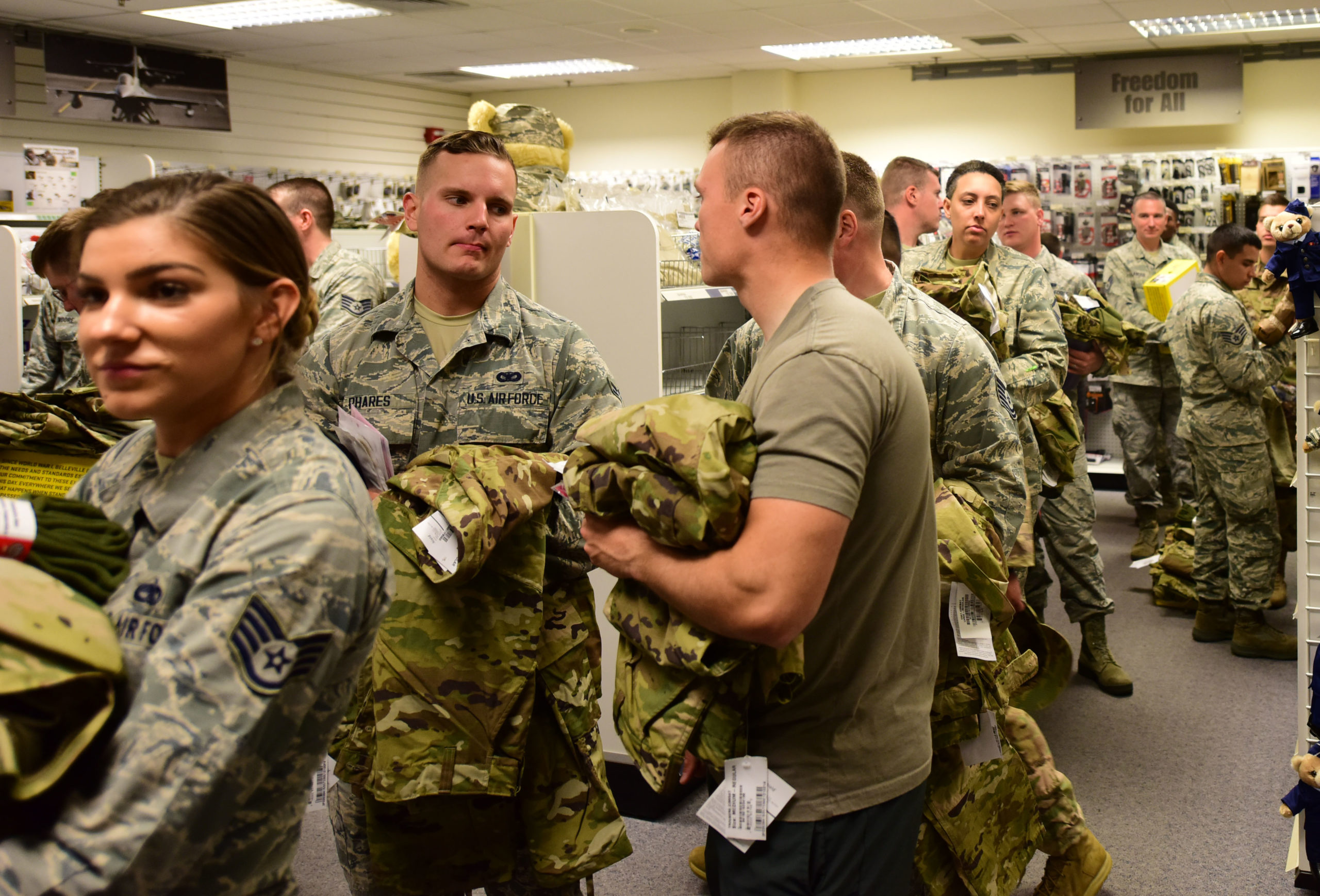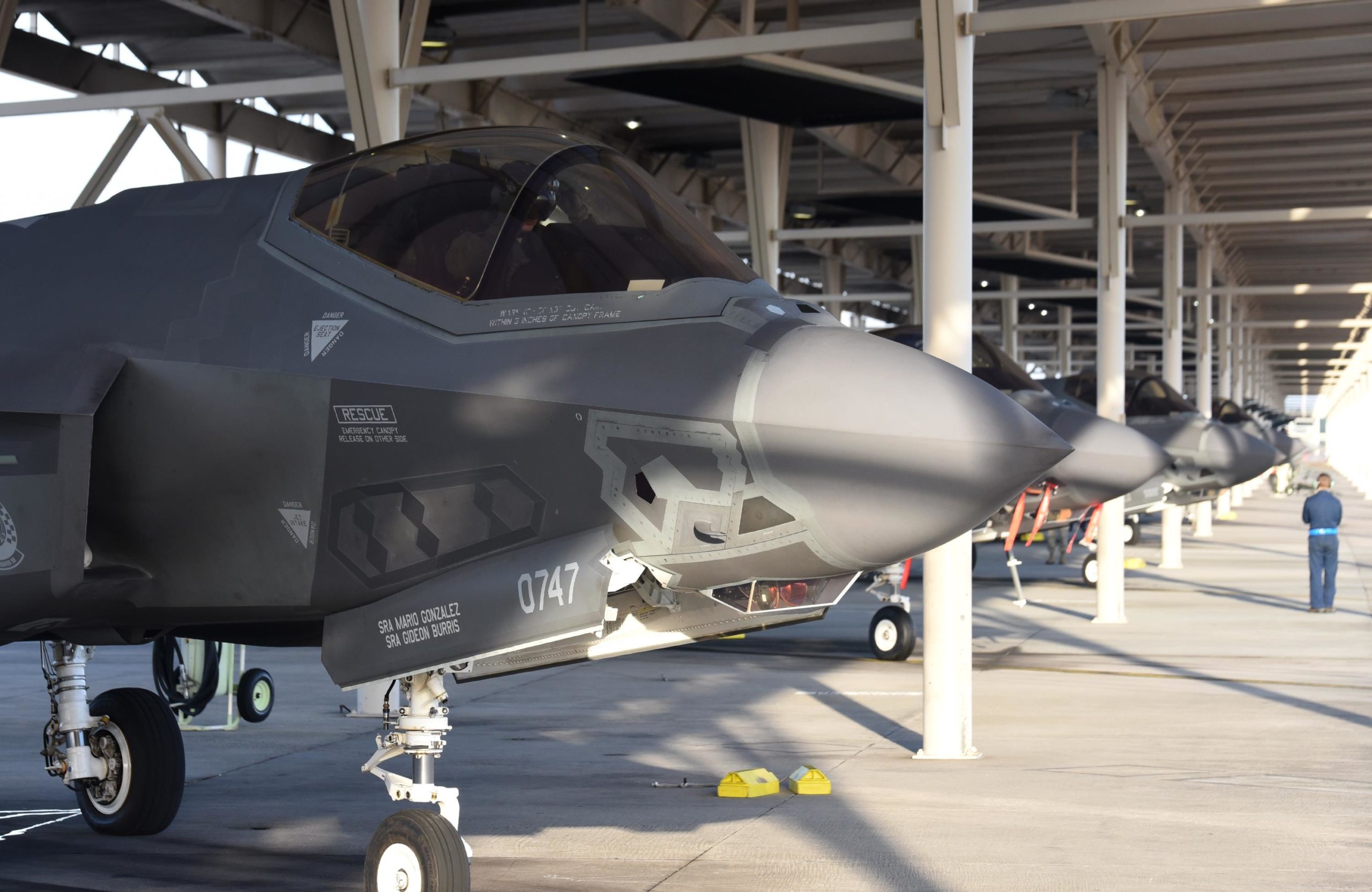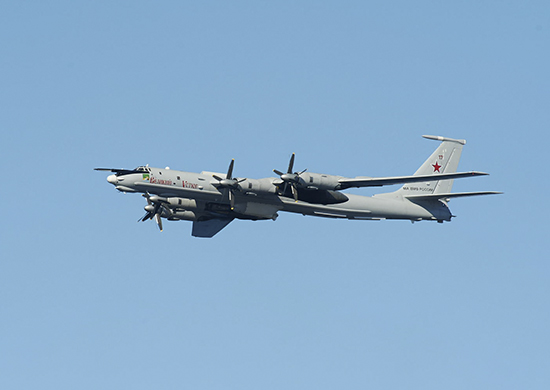The Pentagon on March 31 reversed its policy on transgender troops, formally opening the door to service for those who meet military standards.
The move effectively turns the clock back to 2016 when the Pentagon first reversed its policy barring transgender individuals from openly serving in the military or from being involuntarily separated, discharged, or denied reenlistment because of their gender identity. In 2017, President Donald J. Trump announced via Twitter a new ban on transgender service, catching military leaders by surprise. The Pentagon took the matter under advisement and offered a compromise ban in March 2018, sparking multiple lawsuits. Initial lower court rulings blocked the ban, until the Supreme Court cleared the way for the ban to take effect in April 2019. Under the policy, currently serving transgender service members were permitted to stay. President Joe Biden issued an executive order in January that removed all limits less than two years later.
“The Secretary of Defense strongly believes that the all-volunteer force thrives when it is composed of diverse Americans who can meet the high standards for military service, an inclusive force that strengthens our national security posture,” Pentagon spokesman John Kirby said in a March 31 briefing.
Kirby said the policies are designed to prohibit discrimination, provide a means to accession into the military in one’s self-identified gender as long as the standards are met, provide a path for those in service to seek medical care, and protect the privacy of those already in service.
Stephanie Miller, the Defense Department’s director of accession policy, said during the March 31 briefing that there are about 2,200 troops in the military who are diagnosed with gender dysphoria. Under the new policies, the Pentagon will provide the “medically necessary care” to include either cross-sex hormone treatment or surgery.
Military officials expect the costs of those treatments to be in the “handful of millions” and will be covered by the “several billions” assigned to the military’s defense health budget.
“We don’t expect a significant impact. The cost was a main reason behind the ban, with Trump in his tweet announcing the change, saying allowing transgender individuals to serve caused “tremendous costs and disruption.”
The new policies will go into effect in 30 days, giving the military services time to adjust their policies and protocols, Kirby said.
Defense Secretary Lloyd J. Austin III, in a March 31 memorandum commemorating International Transgender Day of Visibility, said “we will remain the best and most capable team because we avail ourselves of the best possible talent that America has to offer, regardless of gender identity.”
The RAND Corp., in a 2016 study, estimates that there are between 1,320-6,630 transgender service members in Active duty, with the figure varying because of a lack of data and current policies. RAND also estimates that Active health costs would increase by between $2.4 million and $8.4 million if the military covered transition care.










